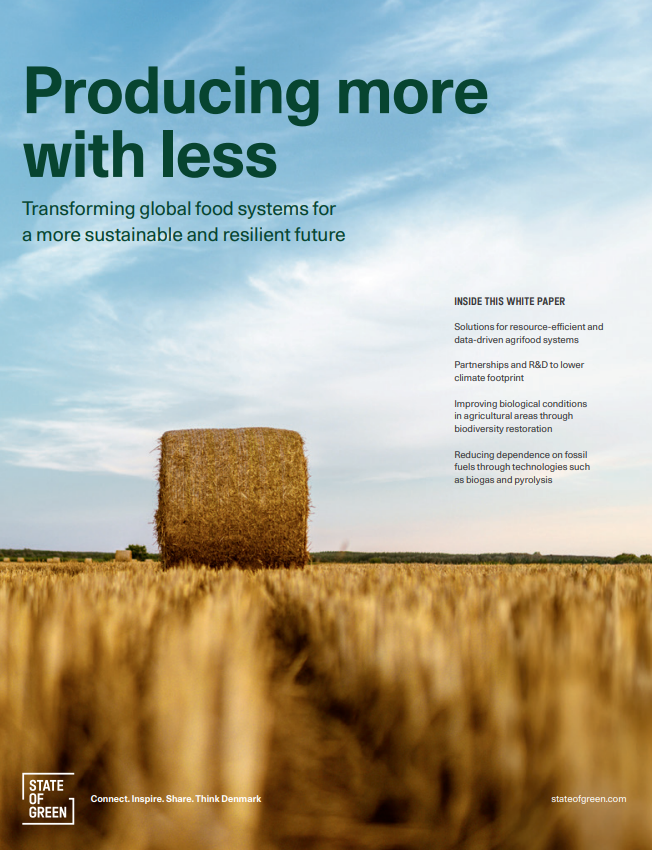News
Circular business models
Industrial symbiosis
Industrial water treatment
+4
China Association of Circular Economy delegation visits Denmark


At House of Green, the CACE delegation was introduced to Danish green solutions and circular business models by State of Green, Danish Business Authority and Leaderlab. Afterwards the delegation carried out a site visit at AffaldPlus to learn more about waste treatment. Nils Damsgaard, Head of Communications at AffaldPlus, explained how waste were sorted, disposed, recycled and reused based on environment-friendly management.
The delegation arrived at the Kalundborg the following day. Since 1972, Kalundborg Symbiosis has developed the world’s first industrial symbiosis with a circular approach to production. Today it is a partnership between nine public and private companies. The Chinese visitors showed strong interest in the principle behind the system, which is benefiting both the environment and the economy.
-Related news: Circular strategies to reduce waste are crucial to avoid climate change
Circular economy is facing great challenges in China
As a major producer and processor of natural resources, China is well aware of the consequences of unsustainable exploration of natural resources and large amounts of waste. China produces approx. 3.3 billion tons of industrial solid waste each year, and only 60 per cent of the waste are recycled or incinerated.
The concept of circular economy was introduced in China in 1990s, and it was accepted by the Chinese government as a development strategy in 2002. Since then the government has been taking action to promote the circular economy. However, China is still facing challenges in the regulatory and economic system as well as with the industrial and technological infrastructure.
“We are very impressed by Danish green solutions, green design and innovations,” stated Kai Zhao, the Vice Chairman and Secretary General at CACE. “China is moving towards a modern industrial system and a goal of zero waste and the Danish model serves as an inspirational reference.”
-Related news: New national Danish strategy for circular economy
About CACE
CACE is a nationwide organisation that was approved by the Chinese Ministry of Civil Affairs. It formulates strategic planning for the government, industry, enterprises and members, and contributes to building a resource recycling system.
Source:
You should consider reading
publications
Resource efficient production
+15

















